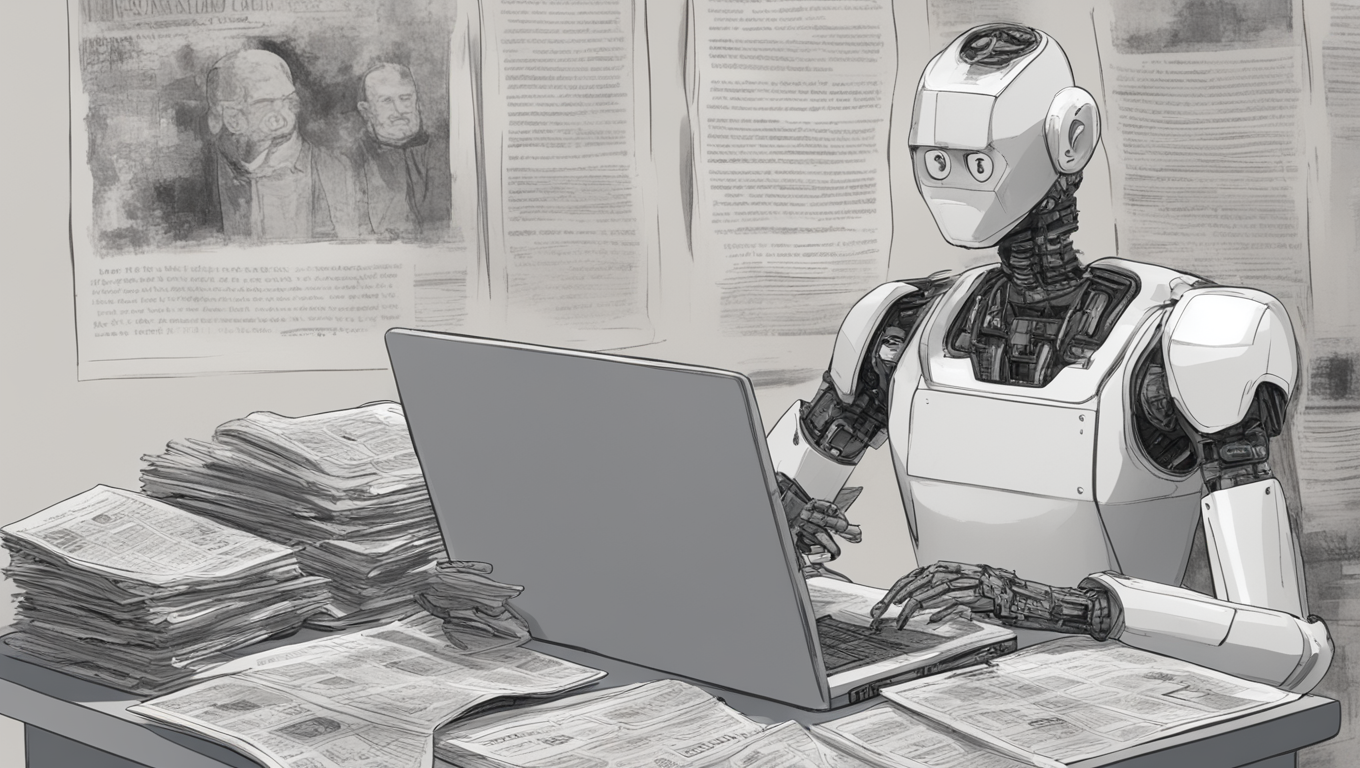In the fast-paced world of news media, staying ahead of the game is crucial. With the advent of artificial intelligence (AI), news organizations have been exploring how to harness this rapidly developing technology to their advantage. One such news outlet, Hoodline, has been using AI to write articles on a local level, promising its readers “in-depth reporting about your home area.”
At first glance, the articles seem like any other community-driven news piece, covering topics such as crime, local politics, weather, and happenings. However, a closer look reveals a tiny badge with the words “AI” next to the bylines of authors like Sarah Kim, Jake Rodriguez, and Mitch M. Rosenthal. These names are not associated with real humans. Instead, they represent the power of AI-generated content.
While the integration of AI in news publishing may seem like a game-changer, experts are urging caution. The reliance on AI-generated content can potentially damage the credibility of news organizations and even accelerate the spread of misinformation if not properly monitored. We’ve already seen instances where media companies using AI have faced public embarrassments when the technology backfired.
The key lies in finding a balance between the benefits of AI and the credibility concerns it presents. By understanding the potential pitfalls and taking measures to address them, news organizations can harness the power of AI while retaining their journalistic integrity.
“AI offers immense opportunities in terms of efficiency and scalability,” says Dr. Lisa Park, a leading AI researcher. “But we need to remember that AI is a tool, not a replacement for critical thinking. It can assist in gathering and analyzing large amounts of data, but it should not be the sole source for news articles.”
To address concerns about credibility, media companies must implement strict quality control measures. This includes training AI systems to detect and flag misleading or false information. Additionally, involving human journalists in the editorial process can add a layer of human judgment and expertise to the final product.
The role of journalists in the age of AI is crucial. While AI can process vast amounts of data and generate articles quickly, it lacks the ability to contextualize and understand the deeper nuances of human experiences. As renowned journalist Emma Thompson puts it, “Journalism is about telling stories, and stories require empathy and human understanding. AI may excel in certain areas, but it cannot replace the human touch.”
Indeed, AI-generated news content should be viewed as a complementary tool rather than a complete replacement. By leveraging the strengths of both AI and human journalists, news organizations can deliver more comprehensive, accurate, and credible news to their readers.
The integration of AI in news publishing is an ongoing process that requires continuous monitoring and adaptation. As technology advances, so too must our understanding of its potential impact on the media landscape. By balancing the benefits of AI with the need for credibility, news organizations can navigate this new frontier and continue to deliver quality journalism to their audiences.
As the digital age progresses, it is essential to embrace the possibilities that AI offers while remaining cautious of its limitations. AI may be a powerful ally in the newsroom, but the responsibility ultimately lies with human journalists to ensure the accuracy and integrity of the information being disseminated.
In the words of Sarah Kim, an AI-generated author, “AI has the potential to revolutionize the way we consume news, but we must always remember to trust but verify. The human touch is irreplaceable, and our discernment as readers is key in navigating this new media landscape.” With a careful blend of AI technology and human expertise, we can create a bright future for news journalism that is both credible and cutting-edge.





Use the share button below if you liked it.